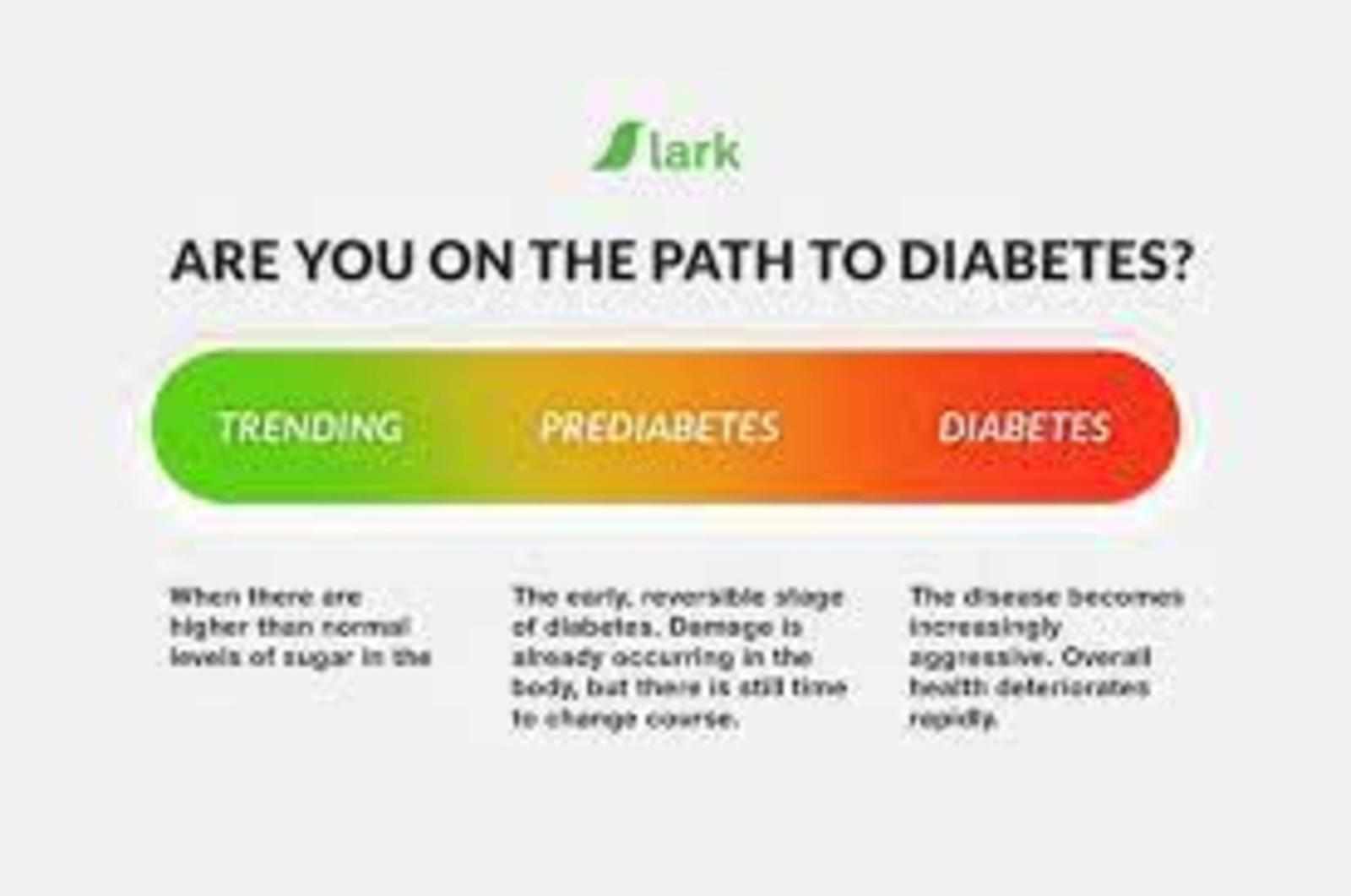Description
Few Lifestyle Tips to Help Reverse Prediabetes Naturally
Prediabetes means that someone’s blood sugar is higher than normal ranges. The condition can increase a person’s risk of developing type 2 diabetes. However, there may be ways to reverse prediabetes naturally.
Losing excess weight and exercising regularly are steps that individuals can take to normalize their blood sugar and reverse prediabetes. Other approaches, such as reducing stress and improving sleep, may also help.
According to the Centers for Disease Control and Prevention (CDC), about 1 in 3Trusted Source American adults have prediabetes, amounting to about 88 million people.
This article describes prediabetes and how it compares to the different types of diabetes. It discusses strategies for reversing prediabetes and offers advice on when someone should see a doctor.
Prediabetes is where your blood sugar is higher than normal but not high enough to be diagnosed as type 2 diabetes.
The exact cause of prediabetes is unknown, but it’s associated with insulin resistance. This is when your cells stop responding to the hormone insulin.
The pancreas produces insulin, which allows sugar (glucose) to enter your cells. When your body doesn’t use insulin properly, sugar can accumulate in your bloodstream.
Prediabetes doesn’t always cause symptoms, although some people develop darkening of the skin around the armpits, neck, and elbows.
A simple blood test can diagnose prediabetes. This includes a fasting plasma glucose (FPG) test. Results between 100 and 125 can indicate prediabetes.
Your doctor can also use an A1C test, which monitors your blood sugar over 3 months. Test results between 5.7 and 6.4 percent can also indicate prediabetes.
A prediabetes diagnosis, however, doesn’t mean that you’ll develop type 2 diabetes. Some people have successfully reversed prediabetes by modifying their diet and lifestyle.
So what is prediabetes?
Prediabetes is a condition where your blood sugar is higher than normal, but not high enough for you to be considered diabetic. According to the American Diabetes Association, prediabetes is diagnosed when:
A Hemoglobin A1C reading between 5.7-6.4 percent
A fasting blood glucose between 100 -125 mg/dl
An oral glucose tolerance test 2 hour blood glucose reading between 140 mg/dl-199 mg/dl
A diagnosis of prediabetes usually indicates insulin resistance, which means your body doesn’t use insulin properly. Insulin regulates your body’s usage and storage of sugar and fat.
How Your Body Should Use Insulin
When your body uses insulin properly, it works like this:
Your glucose (blood sugar) rises after you eat.
Your pancreas releases insulin, which unlocks your cells.
Your unlocked cells are then able to use the glucose for energy.
What Happens If Your Body is Insulin Resistant
If your body is insulin resistant, here’s what happens:
Your glucose (blood sugar) rises after you eat.
Your pancreas releases insulin, but your cells resist the insulin and the glucose isn’t introduced to the cells efficiently.
The glucose stays in your blood (keeping your blood sugar levels high) because your cells aren’t burning the glucose for energy.
Over time, high blood sugar levels damage your cells and may lead to nerve damage, blood vessel and organ damage, cardiovascular disease and more.






Write a comment ...